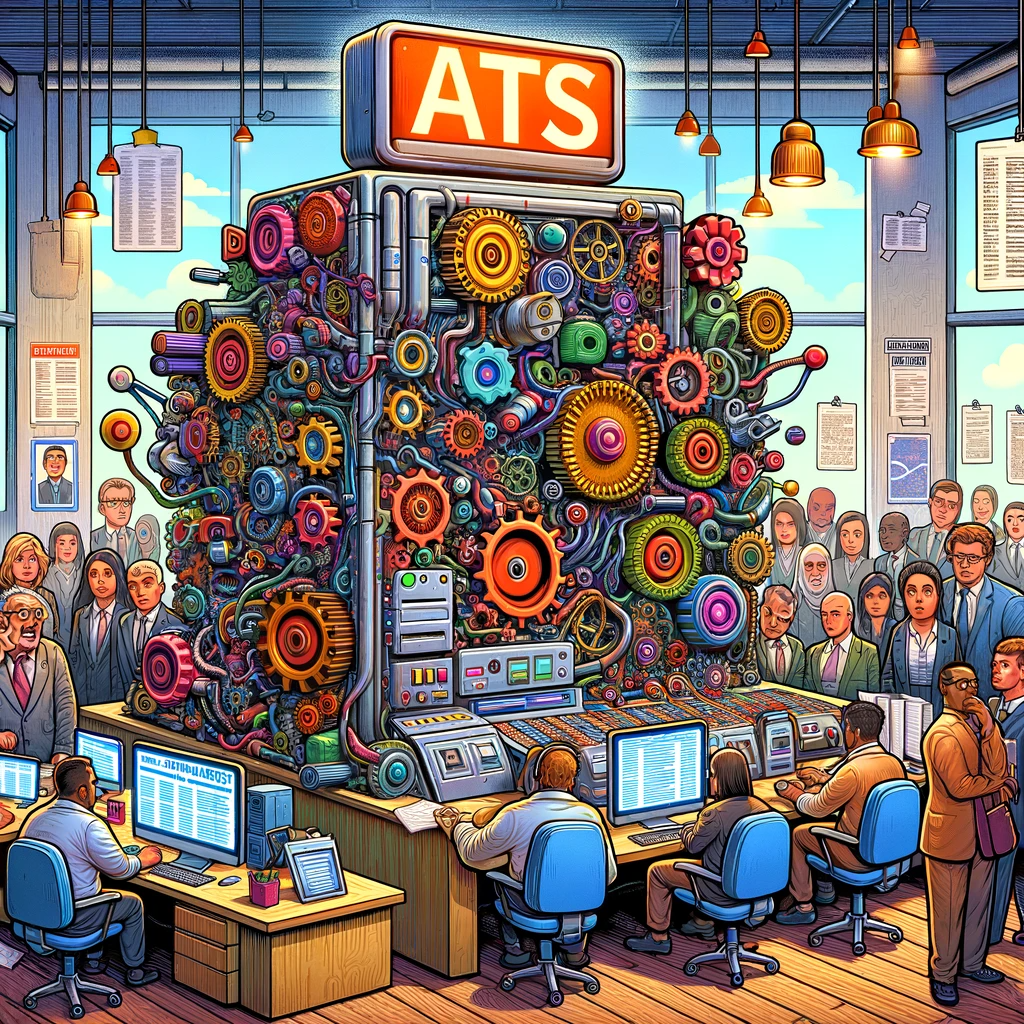Applicant Tracking Systems (ATS) have become a ubiquitous tool in the world of modern recruitment. These software solutions promise to streamline the hiring process, save time, and identify the best candidates efficiently. However, a growing body of evidence suggests that, in some cases, your ATS may be doing more harm than good. This article will explore why your ATS might not be as essential as you think and how it could be hampering your hiring efforts.
- ATS Complexity vs. User-Friendliness:
One of the main arguments against ATS is their complexity. While they offer a range of features, they can be overwhelming for both recruiters and candidates. The intricate navigation, multiple logins, and extensive data entry requirements can lead to frustration and deter talented candidates. Moreover, the learning curve for recruiters can be steep, and the time spent on training and familiarization could be better utilized in direct candidate engagement.
- Impersonal Candidate Experience:
ATS often rely heavily on keyword matching and algorithms to screen candidates. This approach can lead to qualified applicants being rejected solely because their resumes don’t align perfectly with the predetermined criteria. It can result in a disheartening and impersonal candidate experience, which could damage your employer brand and deter top talent.
- Limited Flexibility:
ATS systems are designed to follow a rigid process, which may not always align with your specific hiring needs. In some cases, the system can’t adapt to the unique requirements of your organization or specific job postings. This lack of flexibility can result in missed opportunities to hire exceptional candidates who don’t fit the ATS mold.
- Inefficient Screening:
While ATS systems are designed to streamline the screening process, they can sometimes be too restrictive. Overly stringent criteria and the inability to assess soft skills and cultural fit may result in the rejection of candidates who would be a great fit for your company. Human judgment is often required to make these nuanced assessments.
- Cost Considerations:
Implementing and maintaining an ATS can be a significant financial commitment. For small and medium-sized businesses or startups, this expense may not be justified, especially when considering the potential downsides of ATS usage. Smaller organizations may find it more cost-effective to invest in other aspects of their hiring process, such as employer branding or interview training.
- Resume Overload:
ATS can generate an abundance of resumes, making it challenging for recruiters to sift through the sheer volume of applications efficiently. This overload can lead to burnout and the risk of missing out on suitable candidates who apply later in the process when the recruiter’s enthusiasm has waned.
Conclusion:
While ATS systems can be valuable tools for some organizations, they are not a one-size-fits-all solution. In many cases, their complexity, impersonal nature, limited flexibility, inefficient screening, cost considerations, and the potential for resume overload can outweigh the benefits they offer. To optimize your hiring process, it’s essential to strike a balance between technology and human interaction. Consider whether your ATS genuinely enhances your recruitment efforts or if it might be time to explore alternative approaches that put people at the center of your hiring strategy. Ultimately, the key to successful recruitment lies in finding the right balance that aligns with your organization’s unique needs and values.
Article Written by Jacob Peebles, with research and assistance from chatgpt

